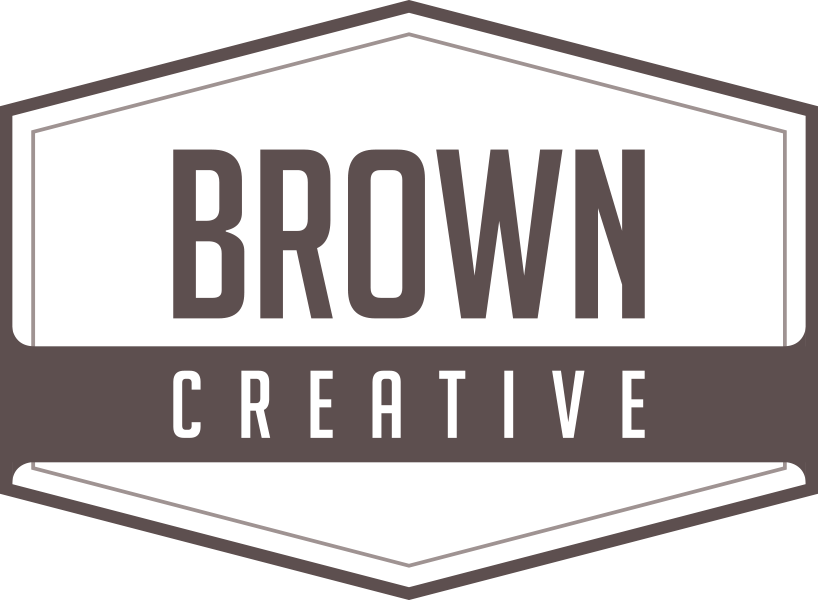It’s not uncommon for businesses to make mistakes with their website design. There are a lot of decisions to be made when it comes to designing and developing a site, and many times those decisions can have negative consequences that end up costing the company money, either directly or in missed opportunities. In this blog post, we will discuss 12 common mistakes that business owners often make with their websites.
Here are some of the most common web design mistakes we see:
1. Not having mobile-friendly web pages
One of the most common mistakes that businesses make with their website is not making it mobile-friendly. In today’s age, more and more people are using their smartphones and tablets to access the internet, so if your website isn’t optimized for mobile devices, you’re missing out on a lot of potential traffic. Not only that, but Google now penalizes websites that aren’t mobile-friendly, so you could be hurting your ranking in search results as well.
2. Failing to update their content regularly
If you’re going to have a website, then it needs to be updated regularly. You can’t just put up some static content and leave it alone for months on end without adding any new information or making changes as needed. Your site should always contain the most recent information about your company and industry that is relevant, so make sure you post regular updates with news, blog posts, etc.
The amount of time between updates isn’t important – what’s more important is keeping things fresh by posting new content frequently enough that your visitors will want to come back again in the future. If they don’t see anything new when they go back after an extended period of time (like weeks), chances are good that they won’t be coming back at all.
Search engines will also crawl your website to see if there’s new content, and if they don’t find anything new, your ranking in search results may start to drop. Make sure you’re updating your website regularly with fresh content, and you’ll be well on your way to having a successful online presence.
3. Not taking advantage of the power of social media
Social media is one of the most powerful tools a business can use to connect with its customers, but many companies fail to take advantage of it. They’ll create a Facebook page or Instagram account, but then they won’t do anything with them and they just sit there unused. This is a huge mistake, because social media provides a great opportunity for businesses to connect with their customers on a more personal level and stay top-of-mind with their customers and potential customers.
You should be using social media to share news about your company, post updates about your products and services, answer customer questions, and more. The possibilities are endless, so make sure you’re taking advantage of all that social media has to offer. And if you don’t have the time or resources to manage all of your own accounts, we can help.
4. Having an outdated design that doesn’t attract visitors or convert them into customers
A website needs to be visually appealing in order to catch the attention of visitors, but that’s not all it takes. A site also has to convert those visitors into customers by providing them with information about your products or services and then prompting them for their contact information so you can follow up and close the deal.
You’ll want a design that is both attractive and engaging – one where users will find everything they need quickly and easily without bouncing from page to page looking for what they’re after. And once visitors land on your site, you’ll want something else as well: clear calls-to-action (CTAs) encouraging them to sign up for an email list, download a free offer, purchase a product or service, etc
5. Lacking clear navigation and organization on the site
If you’re like most people, then you probably won’t hang around on a website for very long if it is difficult to navigate.
While having an attractive website design is important, what’s more crucial is that your site has clear organization so users know exactly what to do and where they should go when they need certain information. Your home page will act as the main hub of your site since it’s where many (if not all) of your visitors will start out at first and then click through from there.
6. Using too many words or images that are distracting from your message
A website should be visually appealing, but that doesn’t mean you should fill it up with images or words to the point where they’re distracting from your message. If people can’t find what they’re looking for quickly and easily on your site, then chances are good that they’ll leave without taking any action. And if all they see are distractions instead of the core message of your business, then you’ve lost them completely.
So make sure you’re using only the necessary amount of text and images, and that everything is placed in a way that makes sense to users. This will help keep them engaged on your site and more likely to take the desired actions.
7. Not optimizing for SEO keywords
Search engine optimization (SEO) is another important factor that can help boost your website’s ranking in search results. When people are searching for something to solve their problem, they’re looking for answers on Google. So if you have the right SEO keywords and phrases included throughout the content of your site as well as within its structure, then it will be more likely to show up when these types of searches take place.
Make sure every aspect of your site is optimized with SEO in mind so visitors stay engaged and click through from pages until they reach what they want.
8. Using too many words or using difficult language that isn’t easy to understand
Sometimes web designers are more focused on aesthetics than on readability on a website. It’s important that your web designer thinks beyond the visual elements on your website and consider things such as page titles and your website’s content, while avoiding typography mistakes and content mistakes.
Use language that is easy to read and understandable for everyone who visits your site, and avoid industry jargon whenever possible. You’ll also want to keep in mind different reading levels when creating content – some people prefer short, concise paragraphs while others might appreciate more detail. But no matter what, always aim for clarity first and foremost.
9. Providing no customer testimonials or reviews
Many small business owners make the mistake of not including customer testimonials or reviews on their website. This is a big mistake, as testimonials are one of the best ways to show off the value of your product or service.
Make sure you’re collecting positive feedback from your customers and displaying it prominently on your website. Not only will this help persuade potential buyers that you’re offering something valuable, but it will also help boost your credibility with other site visitors.
10. No lead capture forms
A website should also have lead capture forms in order to convert visitors into leads. This is a huge missed opportunity for businesses that could be converting leads into customers. If you’re not doing this, then you’re missing out on potential revenue and growth.
Make sure your lead capture forms are easy to find and use, and that they request only the essential information from people so you can follow up with them easily. You don’t want to overwhelm visitors with too many questions or requests, as this will likely cause them to abandon the form altogether. Keep it simple and concise, and make sure the form looks good on all devices.
11. Slow load times
Site speed is another important factor that affects how well your website performs. People are impatient and won’t wait around for a page to load if it’s taking too long. This is why you need to make sure your site loads quickly on all devices, no matter what size or type they are.
Slow load times can also impact your SEO by hurting your ranking in search engine results, so make sure this doesn’t happen to you.
12. No SSL Certificate
An SSL certificate is another important factor to consider when building your website. This is a security certificate that helps keep your site safe from hackers and identity thieves. If you’re not using an SSL certificate, then you’re putting your site at risk and potentially losing customers in the process.
You also need to have a secure certificate in order for search engines like Google or Bing to recognize your website as trustworthy. This will help improve SEO rankings which means more people will visit your site over time. The lack of an SSL certificate could cause potential business lost simply because the customer hesitated too long before clicking submit on the lead capture form or did not want to enter their credit card information on an insecure site.
Design with your website visitors in mind
Brown Creative Group is a web design agency that understands the importance of website visitor engagement. We focus on creating websites that are easy to use and navigate, while also providing valuable content that helps persuade visitors to become customers.
If you’re in need of a new website or want to revamp your existing one, contact us today! We’ll help you get started on the right track so you can avoid these common mistakes and start seeing results.


